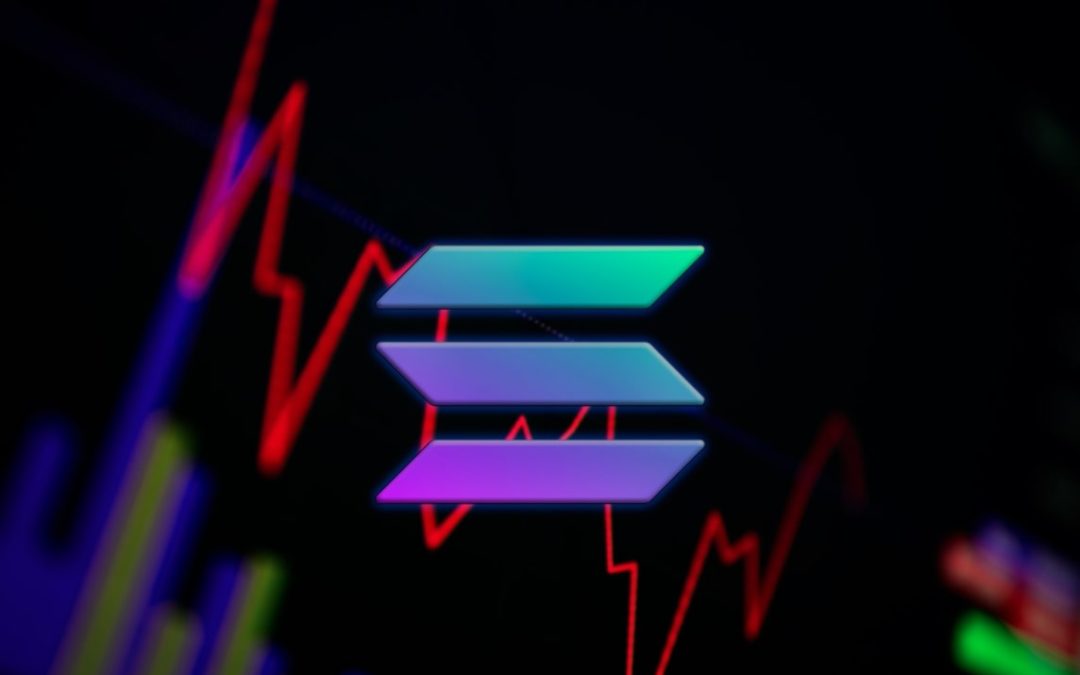Speculating on the next cryptocurrency to return 500 percent or more on investment has become a sport to many investors in the same way that millions of Americans enjoy betting on sports or competing in competitions.
In six years since its initial release, Ethereum has become a dominant force in the crypto rage. Among cryptocurrencies, Ethereum is the second most successful crypto below bitcoin in market capitalization. Ethereum is also the name used for the operating blockchain that has become a favorite for trading NFTs and other decentralized financial products.
While it has dominated the market in recent months, some investors have noticed rising transaction fees and slow processing speeds. When experts look at cryptocurrency and the blockchain as more than just a vehicle for investment but a highly-efficient and accessible platform to build new uses and features to increase crypto’s utility, that processing speed and fee becomes quite consequential.
Enter Solana and Avalanche.
Solana launched in April, promising to be faster and cheaper while beating “Ethereum 2.0” (which is said to be on the way) to the market.
The tech blog Protocol reported, “Its backers have said the blockchain can process 50,0000 transactions per second, compared to Ethereum’s 15 to 30 per second, with costs of $0.00025 per transaction. Its token is now the sixth largest by market cap.”
Solana hopes to become the scalable blockchain that inventors will utilize for new crypto applications. Its website reports that it is the fastest-growing crypto ecosystem while showing users the number of transactions it has the ability to process in real-time.
Ethereum’s ability to retain the interest and hearts of users will prove vital in deciding whether new kids on the block like Solana and Avalanche can achieve and maintain a market presence. Some NFTs have already started launching on Solana instead of Ethereum, and the system has proven stable as the mass market for NFTs utilizes the platform.
Avalanche also touts speeds much faster than Ethereum but not as fast as Solana. It launched last September, and it believes it has a unique functionality in that it is faster than Ethereum but also compatible with Ethereum software.
Avalanche touts on its website that “Avalanche is the fastest smart contracts platform in the blockchain industry, as measured by time-to-finality, and has the most validators securing its activity of any proof-of-stake protocol.”
Both Solana and Avalanche are building an internet of finance that will increase competition in a fashion that the world has yet to see. In early December, Terra passed Solana and Avalanche to become the third-largest blockchain by total value locked. Terra processes Bonded Luna (bLuna), “which is the token used by liquid staking protocol Lido as collateral to borrow stablecoin TerraUSD (UST) within the Anchor protocol.”
Bitcoin’s value has soared 4,900,000 percent over the last decade, and new competitors enter the marketplace hoping — and attempting to promise — to provide the next opportunity for massive growth.
Solana’s use for smart contracts and Avalanche’s compatibility with the Ethereum ecosystem make them two of the most popular speculative adds to someone’s coin purse today.
To compare sizes, Ethereum has $163.1 billion invested in decentralized finance while Solana has grown to $11 billion. Both Solana and Avalanche appear well-positioned to continue rising through the ranks.

